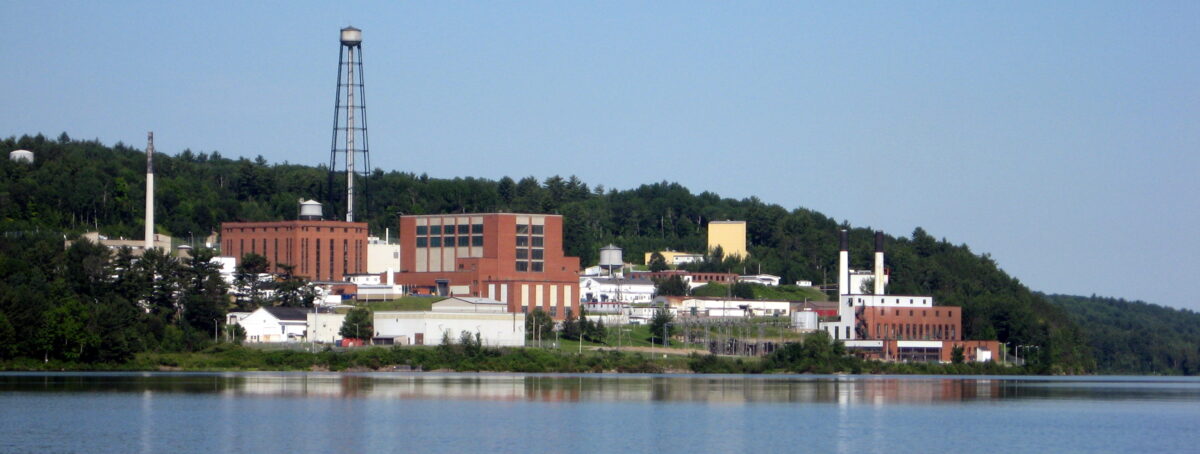Canada’s national nuclear power corporation – Atomic Energy of Canada Limited (AECL) – has no functioning nuclear reactors, unlike similar state-owned bodies in China, Russia, France, Korea, and the United Arab Emirates, and despite a $1.54 billion annual budget.
AECL’s three “prototype” CANDU reactors haven’t produced electricity for 37 years. Its three main research reactors are also shut down. Yet they must be maintained to protect nearby water bodies.
Section 9 of Canada’s 2023 Public Accounts indicates that AECL’s liability will require ongoing public expenditures for the next 162 years. It records “decommissioning of nuclear facilities” as a $9.3 billion “asset retirement obligation.”
In 2011, the Harper government sold AECL’s flagship CANDU division to SNC-Lavalin for a piddling $15 million. Then, in 2015 it contracted a multinational consortium to reduce AECL’s nuclear liabilities more quickly.
Under a “Government-owned, Contractor-operated” (GoCo) model, the public retains ownership of AECL’s federal lands, including the shut-down reactors and other radioactive waste. AECL funnels ever-increasing amounts of tax dollars to the “Canadian National Energy Alliance,” currently made up of Texas-based Fluor and Jacobs, and SNC-Lavalin (now rebranded as “AtkinsRéalis”).
The 2023-24 Main Estimates give AECL $1,541,555,307, with $1,140,509,721 earmarked for “Nuclear decommissioning and radioactive waste management.” For comparison, the current Parliamentary appropriation for the Canadian Broadcasting Corporation (CBC) is $1,287,169,435.
Despite billion-dollar annual cash outlays, AECL’s liabilities grew from $6.5 billion in 2015 to the current $9.3 billion figure.
AECL seems more interested in adding liabilities than reducing them. Its former Canadian Nuclear Laboratories (CNL) subsidiary – now owned by the consortium – is building new “Class 1” nuclear facilities at the Chalk River Laboratories, 150 km west of Ottawa. AECL boasts that these laboratories are “Canada’s largest science and technology complex.”
One Chalk River facility (the ANMRC) would enable research on “advanced” reactor fuels, including those made by extracting plutonium from high-level waste fuel rods. Another (the MCECE) would extract tritium, a radioactive form of hydrogen that builds up in the heavy water of CANDU reactors.
Despite concerns about costs and liabilities, both facilities are proceeding without Parliamentary or regulatory oversight. In 2018, Canada’s complacent nuclear “regulator”, the Canadian Nuclear Safety Commission, issued a licence authorizing CNL to “prepare a site for, construct, operate, modify, decommission or abandon” any nuclear facility on the Chalk River site. This effectively bypasses the normal licensing processes and regulations that govern Class 1 facilities.
Production of plutonium, tritium, and “clean” heavy water raises serious national security concerns. All are used in making nuclear weapons. Fluor and Jacobs are heavily involved in the weapons industry. They were prominent sponsors of the recent 16th Annual Nuclear Deterrence Summit in Washington DC – a “Global Warfare Summit.” As pillars of the military-industrial complex, they promote a new nuclear arms race. Canada has become an unwitting partner in this. Chalk River is an ideal location for training a new generation of weapons scientists, given its origins as a Cold War weapons plutonium production facility.
The only way for the public to find out and comment on what’s happening at Chalk River is through the Impact Assessment Act. AECL is a “federal authority” under sections 81 to 91 of the Act, it must determine that a project on federal lands “is not likely to cause significant adverse environmental effects.” But AECL lets CNL post uninformative project descriptions on the Canadian Impact Assessment Registry and make its own determinations after a perfunctory 30-day comment period.
In the case of the MCECE project, CNL began site preparation without an AECL determination. The billion-dollar ANMRC project, which started before the Impact Assessment Act came into force, was never even posted as a project, even though section 67 of the previous Canadian Environmental Assessment Act, 2012 also required an AECL determination.
These questionable processes may be coming to an end. Section 84 of the Impact Assessment Act requires the federal authority to consider “any adverse impact that the project may have on the rights of the Indigenous peoples of Canada recognized and affirmed by section 35 of the Constitution Act, 1982.”
Kebaowek First Nation recently held a joint press conference with the Bloc Quebecois to oppose a massive radioactive waste dump on unceded Algonquin territory at Chalk River. It is also intervening in the MCECE project, aided by a report from Dr. Gordon Edwards of the Canadian Coalition for Nuclear Responsibility that concludes “there is no justification for the proposed facility.”
There has been far too much secrecy surrounding the goings on at AECL and Canada’s nuclear laboratories under the GoCo model. Parliament should scrutinize the $1.5 billion annual outlay to AECL, and determine who is benefiting – Canadians, or unregulated multinational corporations.



